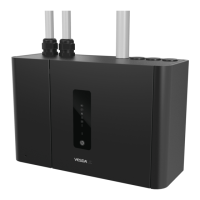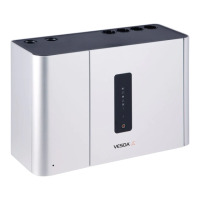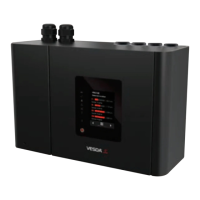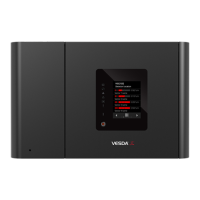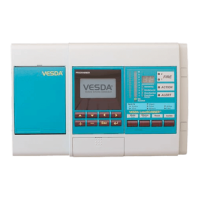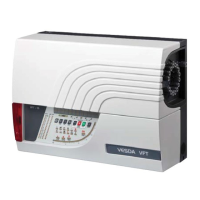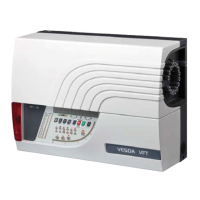VESDA by Xtralis VESDA Pipe Network Installation Guide
www.xtralis.com 3
1 Introduction
The VESDA system is an aspirated smoke detection system. It is dependent upon a properly designed and
installed air sampling pipe network. Pipe network design is explained in the VESDA Pipe Network Design
Guide. This guide instructs the reader on how to install an efficient air sampling pipe network. It informs the
reader about the components used in a pipe network Installation and guidelines in their application.
Procedures for some of the more common installations are explained.
Installation should be performed after the site survey and ASPIRE modelling have finished. Once the
installation is finished you can move on to commissioning the VESDA system.
This step requires you to install the pipework as specified in design documents and record any changes to the
plan that you are required to make. These details will be included in the hand-over documentation which will be
given to the customer when the system is commissioned.
1.1 Pipe Network
The VESDA early warning aspirating smoke detection system collects air samples through sampling holes on
a network of pipes. The airflow within a protected area carries the air samples to the sampling holes.
Conventional smoke detectors wait for the smoke to migrate through the detector, VESDA actively draws air
samples into the sampling system. These samples are transported through the pipe network to the detector.
Legend
A End Cap with hole
B Air samples
C Airflow entering a sampling
hole
D Air sampling pipe
E Detector
Figure 1-1: VESDA air sampling system using pipes

